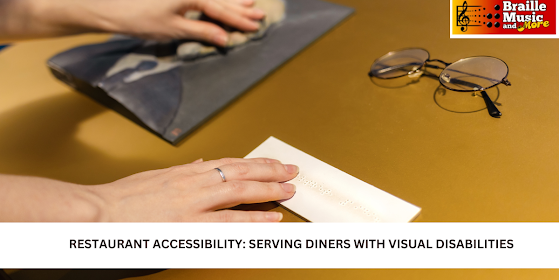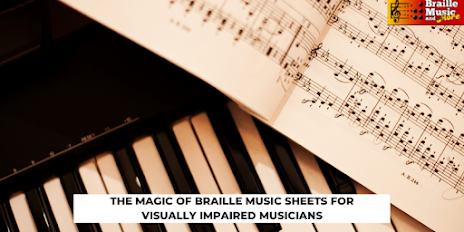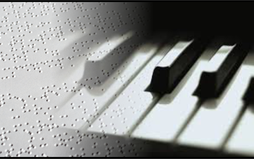Why is braille literacy so critical?
Braille is a unique writing system of raised dots that provides a tangible reading experience for Indians with visual disabilities.
With braille transcription, people gain full access to every written word, and that allows them to enjoy the experience of reading throughout their lives.
For children with vision impairments, learning Braille transcription services at an early age brings significant advantages. It serves as a valuable tool for enhancing literacy skills, surpassing audio-based methods in comprehending punctuation, grammar, and spelling.
In a world that relies heavily on visual communication, it's easy to overlook the significance of Braille literacy.In this blog, we'll explore why Braille literacy is so critical and why it deserves our attention and support.
Fostering Independence and Confidence:
Braille literacy plays a pivotal role in fostering independence and confidence among individuals with visual impairments.
By reading Braille, they can access information privately and discreetly. Whether it's navigating city streets, cooking a meal, managing personal finances, or reading a novel, Braille empowers them to take charge of their lives.
With each Braille page turned a sense of accomplishment and autonomy grows, bolstering their self-esteem and encouraging them to embrace new challenges.
Opening Doors to Communication:
Effective communication is the cornerstone of building relationships, and Braille transcription plays a crucial role in facilitating this for individuals with visual impairments.
Braille signs and labels also enable them to navigate public spaces with ease. By embracing Braille, we create an inclusive environment where everyone can effectively communicate and connect.
Equality in Education:
Imagine being unable to read textbooks, study notes, or exam papers in school.
For visually impaired students, this is often an unfortunate reality. However, Braille changes the game by offering a means to access written information independently.
By learning Braille, students can read and write, participate in class discussions, and complete assignments on an equal footing with their sighted peers. It allows them to fully engage with educational materials and opens doors to academic success.
Enhancing Employment Opportunities:
The ability to read and write Braille significantly enhances employment prospects for individuals who are blind or visually impaired.
It provides them with the necessary skills to pursue various careers, ranging from computer programming and law to music and literature. Access to Braille transcription ensures that these individuals can independently handle workplace documents, manuals, and correspondence.
With Braille literacy, they become self-sufficient and capable contributors to the workforce.
Preservation of Language and Culture:
Language is the heart of culture, and Braille serves as a vital tool in preserving the unique languages and cultural heritage of visually impaired individuals.
By transcribing diverse languages into Braille, we ensure that people who are visually impaired can engage with their native languages, literature, and folklore.
This preservation of language and culture fosters a sense of identity and belonging, empowering individuals to maintain their heritage.
Conclusion:
Braille literacy is not just about reading and writing—it's about unlocking independence, empowerment, and equal opportunities for individuals who are visually impaired.
By supporting Braille education and promoting its importance, we contribute to creating an inclusive society where everyone has the chance to thrive.
Visit our website today and harness the
expertise of our team of Braille transcription specialists.
Experience the transformative power of accessible information through Braille transcription services.




Comments
Post a Comment